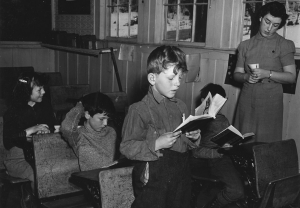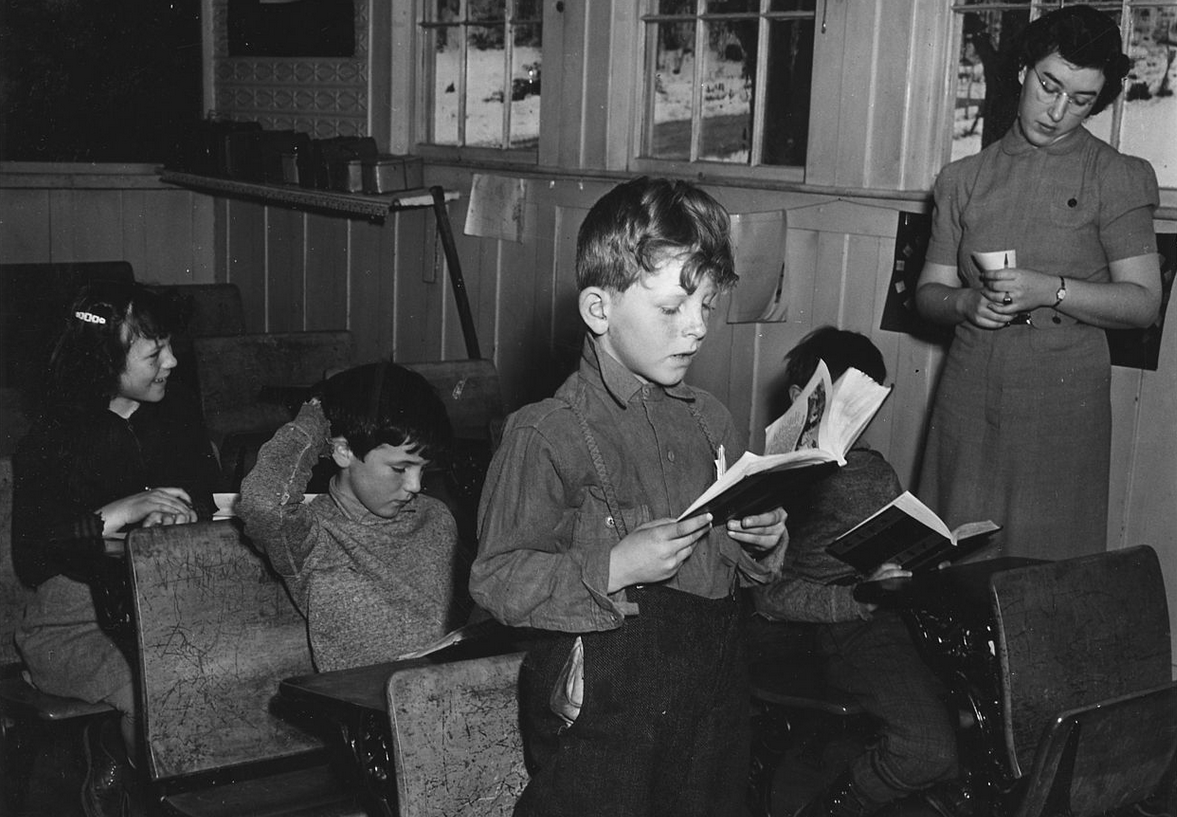
It’s not often that we get a glimpse of what schoolwork was like around the turn of the 20th century. But every once in a while, someone unearths a record which reveals just how rigorous education used to be.
Such was the case in Australia when Marcia Maybury discovered a homework book compiled by her step-grandmother in 1890. At that time Maybury’s step-grandmother, Vera King, was an 11-year-old schoolgirl working on the subjects that most 11 year olds work on: spelling, math, geography, and so on.
According to Maybury, one of the most striking things about the book is the immaculate handwriting Vera had. But even more interesting is level of scholarship it contains:
“Neat cursive writing weaves across the pages, covering topics ranging from the rivers of Australia to livestock and climatic conditions affecting the vineyards.‘It’s just an ordinary little exercise book, and the work in it is unbelievable; I challenge you to ask any 11-year-old to do the maths in that book, the spelling, anything in it,’ Ms Maybury said.‘It was just beautiful. She writes about the vineyards, the prices of things. She was a very clever little 11-year-old.’”
But while Maybury labels her grandmother as a “very clever” child, I wonder if she was just a typical kid doing typical schoolwork for that time in history. Indeed, when one looks at the curriculum manuals and assignments from the past, one can’t help but be impressed by the level of difficulty demanded of the students.
Consider, for example, the arithmetic in a 1916 curriculum manual for Michigan Public Schools. Children close to the age of Vera King were required to do three major things:
- Memorize – Although schoolbooks from a century ago instructed teachers to have students analyze certain math formulas, they also made it clear that memorization of those same formulas was expected, presumably for ready recall in future use.
- Drill – Students were expected to repeat exercises and mathematical problems over and over in order to become familiar with them. In addition, teachers were urged to give “a great deal of work in mental arithmetic.”
- Practice Everyday Math Skills – Alongside of fractions and percentages, students were also taught about mortgages, taxes, interest, and bank accounts.
We seem to have dismissed many of these methods today. Instead, we incorporate feelings or social justice issues into math, allow students to use calculators freely, shun memorization, and brush practical, everyday math skills aside, assuming that students will figure them out at some point in time.
If we reversed course on these policies, is it possible that we wouldn’t be so stunned by the “cleverness” of children from a century ago? Could our kids be raised to the same level of rigor simply by incorporating some of these forgotten education methods?
This post This 1890 Australian Homework Book Puts Today’s Students to Shame was originally published on Intellectual Takeout by Annie Holmquist.
